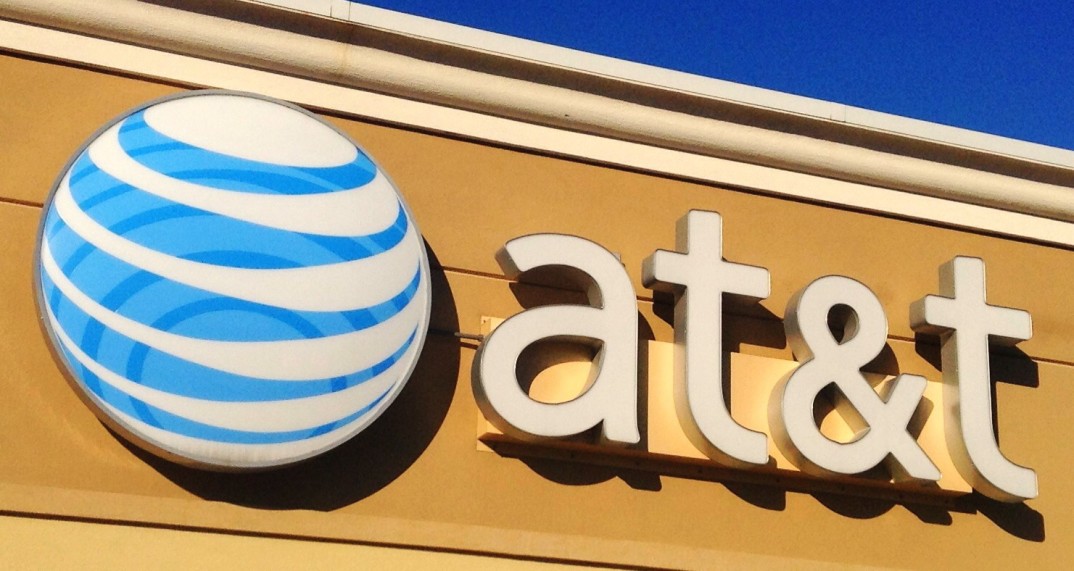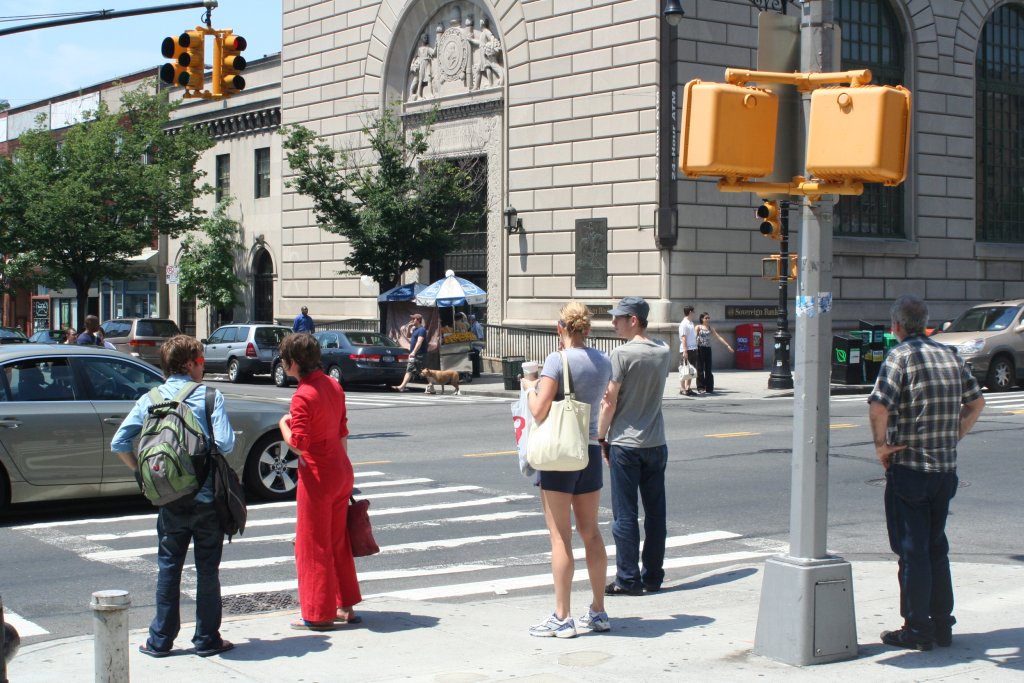Earlier this year, biotech corporation Monsanto released its first ever dicamba-resistant strain of seeds. This wouldn’t be unusual if not for the fact that the use of dicamba on GM crops is illegal in all 50 states. Dicamba is a chemical found in herbicides that disrupts hormonal functions in certain types of plants in order to kill them, and is legally sold for controlling lawn weeds. It is known for its ability to drift rapidly after application, as well as its high toxicity to non-modified soybeans. Though an herbicide made for GM crops that contains dicamba, FeXapan, is currently under review by the EPA, Monsanto released its “Xtend” seeds before the completion of the EPA’s FeXapan review. Monsanto justified this release by claiming it that it wanted to introduce farmers to the latest batch of seeds considering the worsening weed resistance to glyphosate, another common herbicide, in many parts of the U.S. Naturally, farmers that wanted to increase their yields and profits purchased the Xtend seeds and began illegally applying herbicides that contained dicamba that were not made for widespread use.
Continue reading “A Tale of Two Seeds: Monsanto and the Dicamba Wars”









